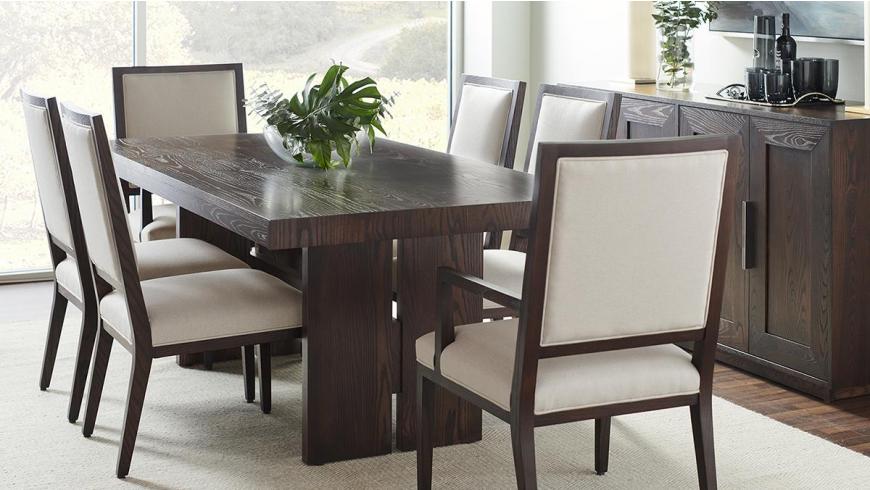Solid Wood Furniture Is Smarter, Healthier, And Worth It - Part I
If you’re confused by what is solid wood and what isn’t, we’re not surprised. The meaning has been stretched so many ways some would have you believe any furniture that isn’t hollow is solid wood.
However, the distinction matters. For so many reasons — beauty, longevity, value, the health of your family — real solid wood is the superior choice.
It’s actually fascinating, the solid wood story, and it can get detailed when you’re in love with the topic as we are. So we’re going to break the story into two parts: This one explores construction, [Part II] explains the important health and economic benefits of solid wood furniture.
Understand that for centuries solid wood has been the material of choice for furniture building and, when it comes to sources, Appalachian hardwood is prized more than any other. Hardwood from our neck of the woods possesses the qualities — stability, tight and consistent grain, beauty — that woodworkers value most.
Hardwood lumber boasts an incredible strength-to-weight ratio and requires no amendments or additives. In its pure and natural form, sometimes bound by a little bit of simple white glue to make table tops and legs (trees don’t grow in the shape of furniture), skilled hands transform hardwood lumber into a finished product beyond compare.
Joinery is one of the things that make solid hardwood furniture incomparable. In the old days woodworkers were called joiners for their skill at joining wood together using miters and dovetails and other techniques that withstood wood’s natural expansion and contraction. Craft and workmanship produced joints that lasted decades, or even generations. Look at the joinery of antique hardwood furniture. It’s a thing of beauty.
By contrast, consider furniture you may have been lead to believe is real solid wood. It may sound solid when you rap on it with your knuckles, it might be heavy, but this is what we term “engineered” wood and there are important differences.
More than likely it is built with a wood veneer; a thin (as little as 1/16”-thick) slice of wood grain glued to the surface of some kind of core material. The core could be cheaper wood, a laminate like plywood or oriented strand board or even sawdust and other waste product bound together with an adhesive to create panels called MDF (medium density fiberboard).
Engineered wood can be quite functional, but understand its limitations. The cheaper cores can have toxic chemicals in the binders that off-gas into your home (more on that in Part II). Sanding out nicks or dings will reveal the sub-material. So refinishing is not an option. Once the material is compromised, it is nearly impossible to repair. Not so with solid wood furniture. Damaged joints, scratches, dings, dents even deep cracks and breaks can almost always be repaired.
At Gat Creek we have customers who, when the kids left for college, have sanded out damage and grape juice spills, refinished their 25-year-old table and have a like-new piece ready to pass along to their child. Naturally, that gives us pride. We like knowing that with every piece of handmade Gat Creek solid wood furniture, the lumber’s first 100 years is spent in the forest, removing carbon from the air. Its next 100 years is spent in our customer’s home providing beauty and function for them, then their children and maybe even their children’s children. And at the end of its life it will biodegrade and feed the growth of other Appalachian hardwood trees. Engineered wood furniture can’t do that.
There’s more to the solid wood story in Part II.

